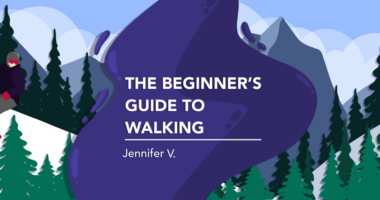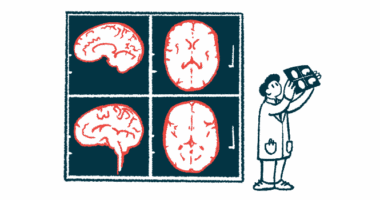Learning the Various Types of Chronic Pain Caused by Pediatric NMOSD
It's hard for any parent to see their child experience such intense chronic pain

One of the most important jobs new parents have is to protect their children from pain. I am a mother of three, and every time one of my kids gets hurt, I want to take on the pain myself.
When my youngest daughter, Bella, was hospitalized with neuromyelitis optica spectrum disorder (NMOSD) in 2017, I witnessed her experience intense and excruciating pediatric chronic pain and have never felt more helpless in my life.
While pain is a common symptom of NMOSD, there are different types. A 2020 article in the journal Frontiers in Neurology explains the various types of pain associated with NMOSD.
One of the scariest moments of Bella’s NMOSD journey happened shortly after she was diagnosed. I remember standing outside her room in the pediatric intensive care unit talking to my grandmother when Bella let out a blood-curdling scream from her room. The scream was so loud that all of the nurses came running into her room. I don’t remember much else, apart from the screams coming from my little girl’s mouth.
Bella kept screaming that her stomach hurt and she couldn’t breathe. She said the pain felt like someone was squeezing her really tightly. Later, her doctor told us the pain she was experiencing is called “banding,” and it was caused by damage to her spine and was the result of her nerves beginning to work again. Luckily, the banding pain lasted only a few days and has happened just a few times since she was diagnosed.
Another source of pain for Bella is migraines. I have noticed that if she is under stress or gets overheated, she experiences a migraine that sometimes lasts for a few days. She also receives an infusion of intravenous immunoglobulin each month that can cause intense migraines that begin a few days after the infusion.
The most common source of pain Bella regularly experiences is neuropathy, or nerve pain caused by the damage NMOSD had done. Bella describes this pain as a feeling of pins and needles or burning when she walks. She has been prescribed a daily dose of gabapentin to help alleviate the nerve pain in her feet and legs. The severity of the neuropathy can vary, but there are times when she is unable to walk due to the pain.
In the five years since Bella was diagnosed with NMOSD, I have worked hard to learn the many types of pain caused by the disease and how to help my sweet girl live her best life. Though I have learned a lot about NMOSD pain, there is still so much more we could all learn.
While no parent should ever have to witness their child in pain, I have never seen anyone deal with pain as fiercely and graciously as Bella does. While we are still working on expressing her pain number on the pain scale, baby steps are key. I am grateful to all of Bella’s adult NMOSD/MOGAD friends who have helped us learn how to recognize pain and explain it to her providers so that together we can come up with a plan and do what is best for Bella.
Note: Neuromyelitis News is strictly a news and information website about the disease. It does not provide medical advice, diagnosis, or treatment. This content is not intended to be a substitute for professional medical advice, diagnosis, or treatment. Always seek the advice of your physician or other qualified health providers with any questions you may have regarding a medical condition. Never disregard professional medical advice or delay in seeking it because of something you have read on this website. The opinions expressed in this column are not those of Neuromyelitis News or its parent company, Bionews, and are intended to spark discussion about issues pertaining to neuromyelitis optica spectrum disorder (NMOSD).







Leave a comment
Fill in the required fields to post. Your email address will not be published.